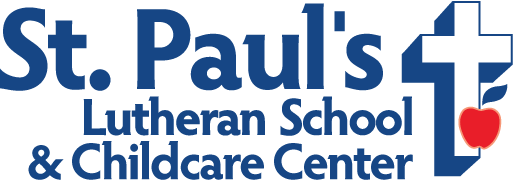Young 5's
Teacher: Myaka Bryant
What is taught in Young Fives?
Young Fives is a class that focuses on kindergarten readiness. This class consists of a preschool setting with significant attention on concepts that will help students be ready and successful in kindergarten. Students engage in activities that promote development in pre-literacy such as identifying letters and their sounds, writing letters in upper and lower case, rhyming, beginning word sounds, and even beginning sight words. Students will participate in activities and discussions that allow exploration of math and science skills that include number awareness, money recognition, and natural cycles (such as plant growth and insect life). There is much attention given to assuring students are able to sit, attend, and focus in various types of activities. Students are given ample opportunity to attend large groups (both listening and in conversation), small group work, cooperative play, and independent work. This helps children develop the skills to problem solve, work well in a group and on their own, and to attend to a teacher during lessons. Lessons and activities are pulled from many curriculums available to the teacher.
Young Five Outings
Some potential trips throughout the school year may include (but are not limited to): singing at a retirement community and the courthouse near Christmas, pumpkin patch in the fall, petting zoo in the spring, and a trip to the miniature train by the river front at the end of the school year.
Theme Days and Celebrations
The Young Five class has a harvest party and a Thanksgiving feast. We participate in the school Christmas program and enjoy a Christmas party. On penguin day we dress like flightless little black birds and have a Valentine’s party in February. Young Five students also celebrate a Patriotic day and all students love Pajama Day. During the National Lutheran School's Week we explore crazy hair and crazy socks as well as sports themes and an All School Chapel.
Special Times:
Once during a trip to the library a student, "E", realized that another student was searching for a specific kind of book. E assisted in looking for the books and even continued on when the other had given up. E found 2 books that fit what the other student was looking for and gave them to the student. This was one of those moments that modeled the sense of connection and community among students in the class.




